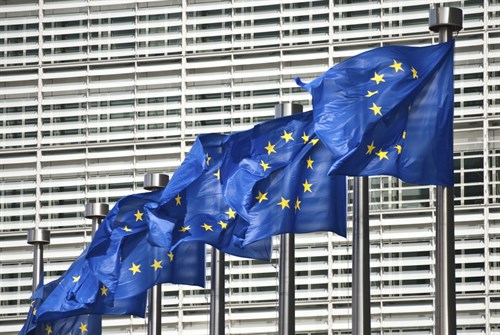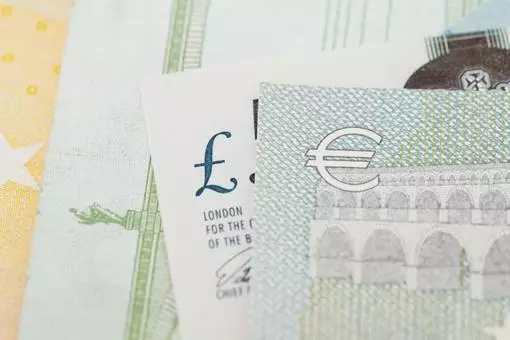EU and US restart talks for transatlantic trade deal
- 27th May 2014
- Business & Economy

European Union (EU) and United States (US) officials are involved in a new round of talks to establish a huge new trade deal. After remarkable results in the latest European Parliament elections, what will this mean for businesses?
This week has seen the launch of a new wave of talks to create the biggest trade deal in history. Officials from the world’s two most developed economies, US and EU, are coming together to discuss the Transatlantic Trade and Investment Partnership (TTIP).
Both governments claim that TTIP would lead to huge economic benefits for each side. So what is this vast agreement and where could it lead?
What’s the deal?
TTIP is a huge new trade deal which is currently being negotiated between US and EU. It will see a number of barriers to trade lifted, such as the removal of specific regulations, standards and tariffs, allowing US and European companies to sell their products and services freely within the two economies.
Rumours of a deal have been circulating for quite some time, but this week’s negotiations represent the fifth round of talks to have taken place since the process began last year.
What does it involve?
It’s intended that a deal would offer a welcome boost to businesses by cutting the cost of operating in foreign markets. The discussions have paid at least some attention to traditional issues such as tariffs – the taxes placed on foreign goods and services coming in and out of a country – but thanks to several years of trade deals and liberalisation, many of these are already low.
Other obstacles to trade have been a bigger concern. In particular, the two countries have so far struggled to see eye to eye on the issue of regulation – for example, the approval processes and product standards for specific items can vary widely between the EU and US. While it would make production easier if businesses know they only have to make one version of a product to satisfy one set of standards, some voices have raised concerns about declining quality.

Why has it caused controversy?
One of the biggest sticking points has been the investor-state dispute settlement (ISDS), which gives foreign investors the right to take their case to a form of arbitration if any planned new regulations will adversely impact them. Opponents believe this places too many restrictions on governments, but similar arrangements are already in place in many existing trade deals worldwide.
What do businesses stand to gain?
Most of the objections raised regarding TTIP focus on environmental concerns or ISDS, but governments believe that liberalising trade rules could have a huge impact on businesses and create thousands of jobs.
UK government research showed that every industry and every state would benefit from higher exports to the EU. Across the 50 states, sales to European markets would rise by an average of 33 per cent. Similarly, when the third round of negotiations kicked in Lord Livingston said a successful deal could bring an extra £100 billion for the EU economy, £10 million of which would go to the UK.
In turn, that will translate into more money in consumers’ pockets to increase domestic consumption. A report from the Centre for Economic Policy Research, London found that an “ambitious and comprehensive” agreement could give a European family of four an extra €545 (£442) each year in disposable income, which would rise to €655 in the US.
Other News
The impact of the Brexit deal on the accountancy sector
After months of uncertainty and political wrangling, a Brexit deal was finally announced on Christmas Eve 2020. The deal includes…
5 Essential elements of a winning business development plan
The first step to building or expanding a business is creating a concrete business development plan. Entrepreneurs will find plenty…
How strategic business planning can help you through 2020?
Every business operates with the goal of growth, but only a few manage to beat the competition at every curve.…


